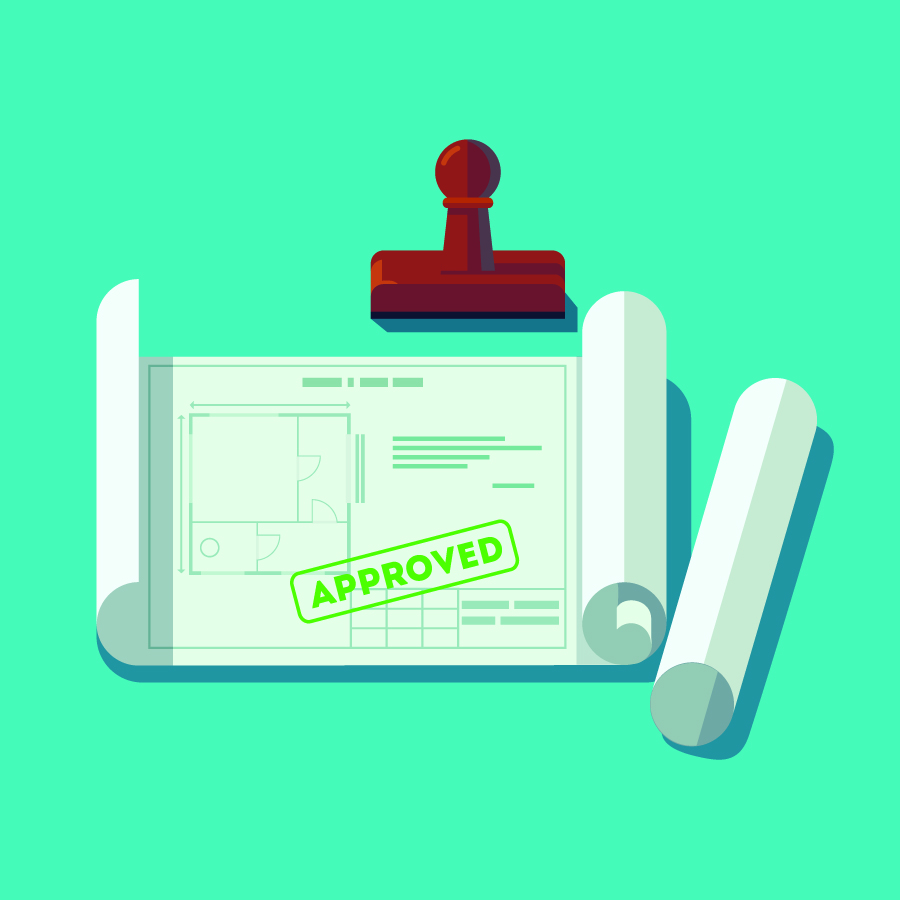If you want to make a major change to your property, build something new or change the way in which the property is being used, the first and most important step is to ensure you have permission from your local planning authority (LPA). Failure to obtain the proper permission can result in an enforcement order being issued, forcing you to undo all the changes you have made. The following guide will make sure you never fall foul of the regulations.
Check whether permission is needed

Whether you require planning permission will depend on the scale and nature of your project. The specific regulations vary from one county to another; therefore, it is always best to check in advance.
You will find a huge amount of free information on the website of your LPA, which will also offer to give you more detailed advice during a personal pre-application advice session. Although there may be a fee for arranging this type of meeting, it is highly likely to save you time and money further down the line, especially if your application is a sizeable one.
A question of consent
You can visit your local authority and pick up the necessary forms; alternatively, you can apply online using Planning Portal, a website now utilised by every local authority in England and Wales. The website makes it easy to ensure you are applying for the correct form of permission; for example, a loft or conservatory falls under household planning consent, while works relating to a flat or changing the use of a property requires full planning consent. It is important to apply for the correct consent; otherwise, your application will not be valid.
In addition to filling in the correct form with full details of the work you hope to carry out and paying the correct fee, you will need to submit a location plan and a site plan. These assist the LPA in identifying the site where the work will take place. You will need to purchase both sets from any accredited supplier, details of which you can find through Planning Portal.
Once your application is received and processed, letters of consultation will be sent to your neighbours and anyone else who may be affected by what you are planning to do; for this reason, it is always best to advise your neighbours of your plans well in advance. This will give you a chance to change anything that could cause an issue at the earliest possible stage. This consultation stage lasts for 21 days.
Decision time

A planning officer will then arrange to visit the site to take photographs and gather other information. With the majority of householder applications, senior planning officers have the authority to grant or refuse planning permission. This speeds up the application process, as there is no need for the case to be heard by a committee. More than 90 per cent of household applications are decided without a committee hearing.
If permission is refused, you have the right to appeal. It is best to seek professional legal advice before doing so, as this can be a lengthy and costly process.
